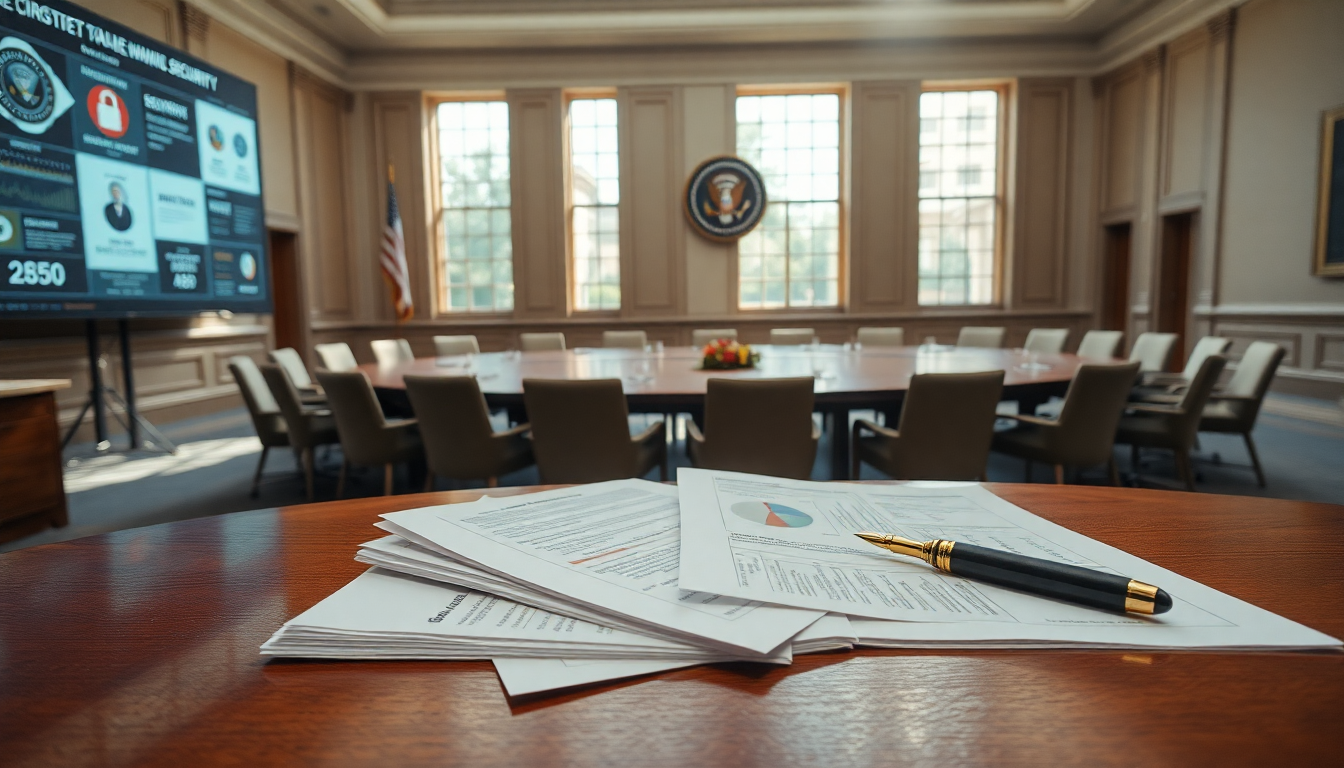Table of Contents
In a bold move that could change how Americans vote, President Donald Trump is set to sign an executive order aimed at reforming mail-in voting procedures just in time for the 2026 midterm elections. This announcement follows a meeting with Russian President Vladimir Putin, where the two leaders discussed electoral integrity and voting methods.
Trump’s claim that mail-in voting undermines the electoral process is nothing new; he has long criticized this practice, arguing it leads to dishonest elections. But what does this really mean for the average voter?
The Context of Voting in America
Voting is the bedrock of democracy, and the ways we cast our ballots have changed dramatically over the years. Mail-in voting, or absentee voting, became particularly popular during the COVID-19 pandemic as a way to keep voters safe.
However, Trump’s recent comments tap into a controversial narrative that suggests mail-in ballots are fraught with issues. By proposing an executive order to limit or change these voting methods, he aims to tackle what he sees as weaknesses in our electoral system.
But is this really the solution?
Trump’s remarks, especially his reference to insights from Putin, have ignited a fiery debate across the political landscape. Critics point out that many countries successfully use mail-in voting without the problems Trump suggests.
The potential for widespread changes in voting procedures raises important questions about access, voter turnout, and the overall integrity of our elections. Will these changes make it easier or harder for people to vote?
Recent Developments in Voting Legislation
The announcement of this executive order follows earlier attempts to tighten voting regulations.
Earlier this year, Trump signed an order requiring proof of citizenship for voting and aimed to disallow counting mail-in ballots received after Election Day. However, this initiative faced pushback from federal judges, highlighting just how contentious voting rights have become in the United States. Why is it so hard to find common ground on such a fundamental issue?
As we move closer to the midterm elections, the implications of Trump’s proposed changes are significant. Voter rights advocates are likely to rally against any measures perceived as disenfranchising voters. The legal battles that may ensue could further complicate the electoral process and leave many voters confused about their rights and the procedures they need to follow. How can we ensure everyone knows how to vote?
The Future of Voting in America
Looking ahead, the potential impact of these changes on voter behavior is still up in the air. Historically, major shifts in voting rules can result in lower voter turnout, especially among marginalized communities who may encounter additional hurdles to participation. As Trump continues to shape the narrative around electoral fraud and integrity, it will be essential to keep an eye on how these discussions affect public perception of the voting process. What will it take to restore trust in our elections?
In conclusion, Trump’s proposal for an executive order on mail-in voting represents a pivotal moment in the ongoing debate over electoral reform in the United States. As various stakeholders gear up for the upcoming midterm elections, understanding the implications of these changes is crucial for both voters and policymakers. The dynamics of American democracy are constantly shifting, and the outcome of these proposed changes will undoubtedly influence the future of voting in our country. Are we ready for what’s next?





